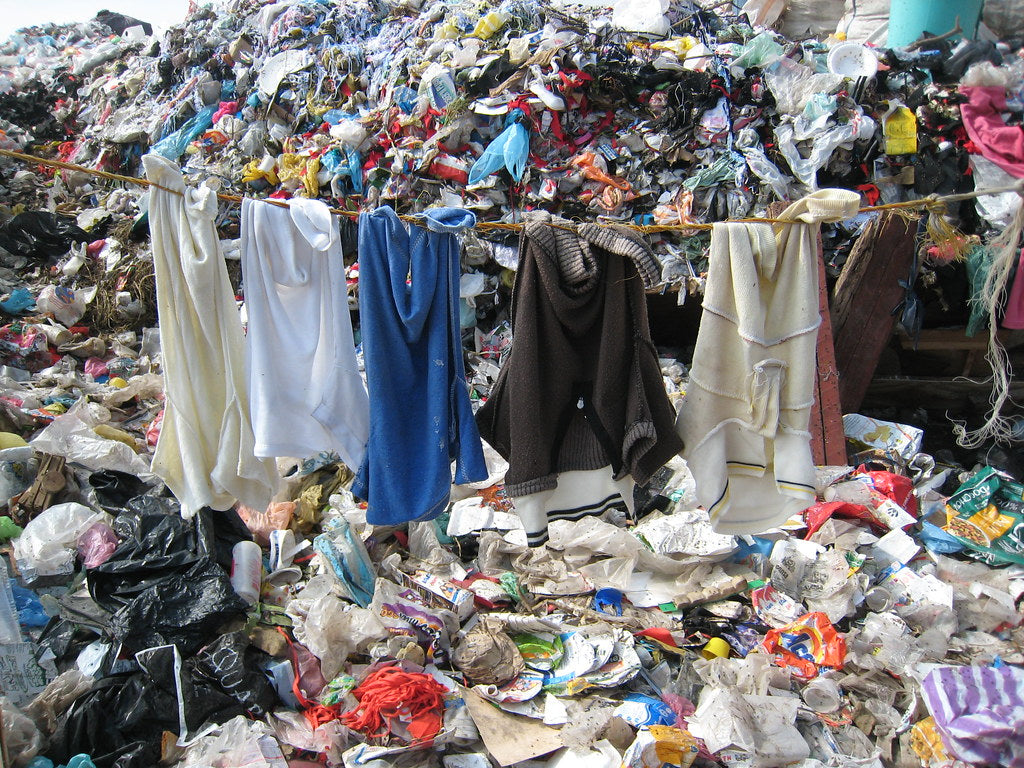
There have been some waves on social media over the years about whether or not disparaging fast fashion is classist. I’ll spare you all the treatises but basically it boiled down to that before we say fast fashion is evil we should take into account people of lesser means looking to Shein and the like because they don’t have the money for better clothes or the time to shop around for deals. Frankly, the audience of this blog is more than likely converted that you should buy less and buy better, but this isn’t about analyzing that debate or whatnot. Seeing the hot takes, most of which agreed that fast fashion is bad but could be a necessary evil, made me think- what do we, as people who believe in quality clothing, do to change the narrative out there and correct these ideas of value versus cost?

To be sure, this is not a new observation nor argument. Terry Pratchett, in the novel Men At Arms, summarized why the poor pay more when they buy low quality goods as such:
“A really good pair of leather boots cost fifty dollars. But an affordable pair of boots, which were sort of OK for a season or two and then leaked like hell when the cardboard gave out, cost about ten dollars...But the thing was that good boots lasted for years and years. A man who could afford fifty dollars had a pair of boots that'd still be keeping his feet dry in ten years' time, while the poor man who could only afford cheap boots would have spent a hundred dollars on boots in the same time and would still have wet feet.”
That quote is the basis for the “boots theory” of socioeconomic unfairness, and it was published in 1993, when fast fashion was but a nascent juggernaut. We’re not in new, uncharted waters when discussing this. But assuredly, in our current era there has never been more clothes to be had for so little money with internet shopping and shipping making it as easy as pie to purchase, purchase, purchase.
You know our stance on all this. We think cheap shit isn’t worth it. We also like the environment and want it to, y’know, continue to support life, and textile waste is a major contributor to climate change. Our clothes are made from fine materials, ethically sourced, and built to last. But we also recognize not everyone can afford the prices for our goods. Our market isn’t the same as H&M or Zara, nor do we wish to occupy that market. It’s just that the low end has gotten so, so low that even middle market brands like LL Bean can strike people as “too expensive.” The narrative and the value judgments have gotten out of hand.
So the question becomes “how can we help?” How can the average bloke who agrees with the WvG ethos help change the landscape and encourage folks to pay more than 99 cents for a tee shirt that rips off designs and pollutes the world? Honestly, and sadly, it’s a tough question!
The fashion biz was built on the idea of out with the old, in with the new, until the old is cool again. Keeping up the Joneses was the theme of every issue of Vogue or GQ. But a quarterly magazine is practically sloth-like compared to the internet’s opinion cycle so things are moving faster and faster to make more Joneses to keep up with. There are so many trends all at once nowadays, with things beginning and ending at the drop of a hashtag, that we don’t really have the same sin wave of what’s in and what’s out. Trends these days look more like an EKG of someone having twenty five heart attacks at once. In all this movement we have muddled the idea of the style part, aka the enduring part, of fashion. So maybe the best way we can help is by encouraging people to stop listening and find their style as opposed to follow fashion.

Fast fashion thrives on the cheap thrill of retail. Hitting “add to cart” is some people’s version of freebasing. But, like black tar heroin, it’s a dirty high that makes everything worse for everyone. It will be hard to wean people off of it. For the good of all mankind, we ought to try, though! Not to mention that fast fashion has so devalued clothing that a $20 shirt can seem like an extravagance to some, when that cost probably just covers keeping the lights on for a more on-the-level clothing company. It doesn’t have to start at whole other end, we can baby step people to recognizing that, even if you can’t get the most sustainable stuff out there, you can still help by not buying into the constant stream of buying.
When the argument turns to issues of class, or just general money-having, it can be easy for the privileged to scold those beneath them. Why are you eating that poison at Burger King? Because organic beef is out of my budget and I need food to survive, even if it’s shit food. So when someone is living paycheck to paycheck and needs to buy it’s a tough sell that they should buy that one $100 shirt instead of ten $10 shirts. Should this come up in lieu of scolding let us be guides. You can find plenty of stylish stuff for cheap that isn’t a polyester nightmare of a trend that’ll last two days.
Think about it like this. You see a guy wearing Levi’s 501s, a Fruit of the Loom tee, and Converse sneakers or maybe some work boots. So long as everything fits right he’d fit comfortably in just about every casual fashion landscape since the 50s and he paid $Little.99 for the look. Hey, it worked for Springsteen. Those brands may not be the MOST sustainable, but since these clothes will endure any trend change there will be overall less shit out there to fill up landfills. There are plenty of ways to add style without adding dollars. It’s when we consider style, as opposed to simply what is new, that we be more thoughtful with our purchases and ultimately end up saving money.

So I guess let’s try to encourage people to thoughtfully consider their purchases and how their personal style can outlast trends, whatever that personal style may be. You got a cowboy friend, a goth brother, a prep neighbor? All those styles can be bought at fast fashion stores, but they shouldn’t be. If you can get them into thrift shopping all the better, but again, we're baby stepping here. Help them avoid the pitfalls of cheap crap and be a wise clothes Jedi. For the environment, for their own wallets, for the good of all people.
If the ethical approach doesn’t work, just tell them that guys in fast fashion don’t get laid. Sometimes we have to appeal to more base desires to do the right thing.



